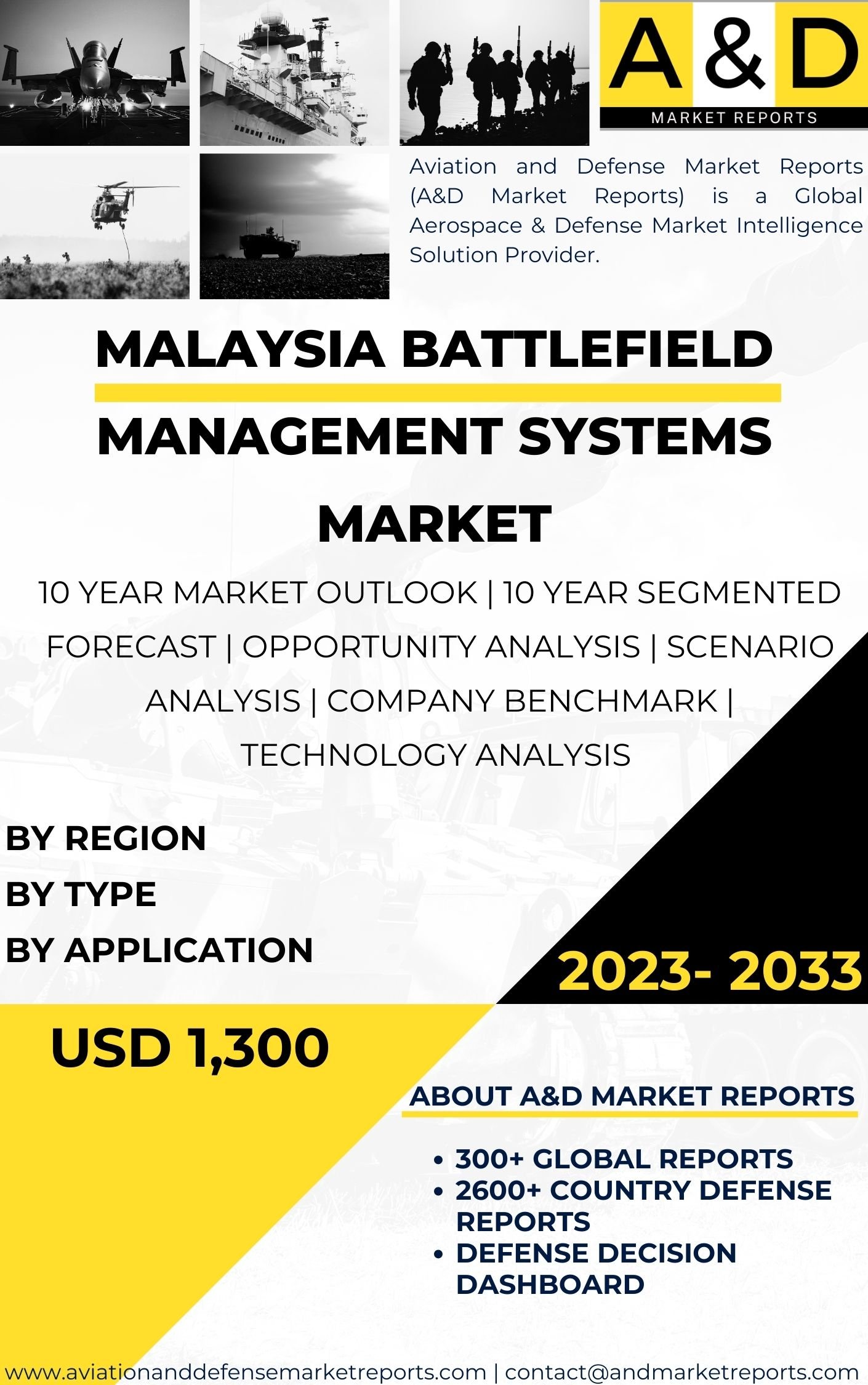Description
In recent years, Malaysia has invested in acquiring and developing advanced battlefield management systems to stay at the forefront of modern warfare. These systems provide the Malaysian Armed Forces with the ability to handle complex and dynamic operational environments, respond rapidly to emerging threats, and achieve mission success.
The key components of a battlefield management system include command centers, communication systems, surveillance and reconnaissance assets, data fusion capabilities, and user interfaces. These components work together to create a network-centric environment, where information is shared seamlessly between all echelons of the military hierarchy.
One of the primary objectives of a battlefield management system is to enhance situational awareness. By integrating data from various sensors and platforms, including radars, drones, and ground-based sensors, the BMS provides real-time information about enemy positions, troop movements, terrain conditions, and other relevant battlefield parameters. This shared awareness enables commanders to make informed decisions, allocate resources efficiently, and respond promptly to changes in the operational environment.
Interoperability is a critical aspect of a battlefield management system, particularly in joint and coalition operations. Malaysia’s armed forces often collaborate with regional and international partners in various security and peacekeeping missions. Having a BMS that can seamlessly communicate and share data with allied forces enhances the effectiveness of joint operations, facilitates information exchange, and fosters cooperation between different military units.
In addition to enhancing operational effectiveness, a battlefield management system also plays a vital role in improving the safety and survivability of troops. By providing real-time information on potential threats, friendly forces can avoid hazardous areas and adopt defensive measures promptly. The BMS also aids in casualty evacuation and medical support by streamlining communication between combat units and medical personnel.
The adoption of battlefield management systems has been a part of Malaysia’s broader digital transformation in defense. By leveraging information technology and data analytics, the BMS optimizes military operations, streamlines logistics, and reduces administrative burdens. This digitization also enables the military to adopt predictive and proactive approaches to planning and decision-making.
The Malaysian defense industry has played a significant role in the development and integration of battlefield management systems. Local defense companies have been involved in supplying and maintaining BMS components, collaborating with international partners, and contributing to indigenous research and development efforts. These collaborations not only enhance Malaysia’s technological capabilities but also foster the growth of the domestic defense industry.
Moreover, Malaysia’s investment in training and education ensures that military personnel are proficient in using and exploiting the capabilities of the battlefield management system. Rigorous training programs for commanders, staff officers, and frontline troops ensure that the BMS is optimally utilized during military operations.
Challenges in the Malaysian battlefield management systems market include the complexity of integrating various systems and ensuring cybersecurity. The successful integration of disparate platforms and data sources is crucial for creating a seamless and reliable network-centric environment. Additionally, robust cybersecurity measures are essential to protect the BMS from potential cyber threats and safeguard sensitive military information.
Budget constraints can also pose challenges in the acquisition and maintenance of advanced battlefield management systems. The high costs associated with acquiring and upgrading BMS components necessitate careful budgetary planning and prioritization of defense expenditure.
Furthermore, as technology continues to evolve rapidly, keeping the battlefield management system updated with the latest advancements is a continuous process. Regular upgrades and improvements are necessary to ensure that the BMS remains relevant, effective, and adaptable to emerging threats and operational requirements.
In conclusion, the battlefield management systems market in Malaysia is an integral part of the country’s defense modernization efforts. By adopting advanced BMS technologies, Malaysia aims to enhance situational awareness, command and control capabilities, and overall battlefield effectiveness. The seamless integration of sensors, communication systems, and user interfaces provides military commanders with real-time information, enabling them to make informed decisions and respond rapidly to changing operational conditions. Collaborations with international partners and indigenous research and development efforts contribute to Malaysia’s strategic capabilities and the growth of the domestic defense industry. The adoption of battlefield management systems represents Malaysia’s commitment to ensuring a well-prepared and capable armed forces, capable of safeguarding national interests and responding effectively to security challenges.




